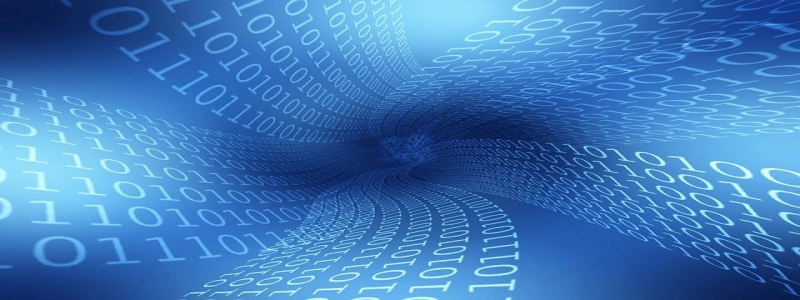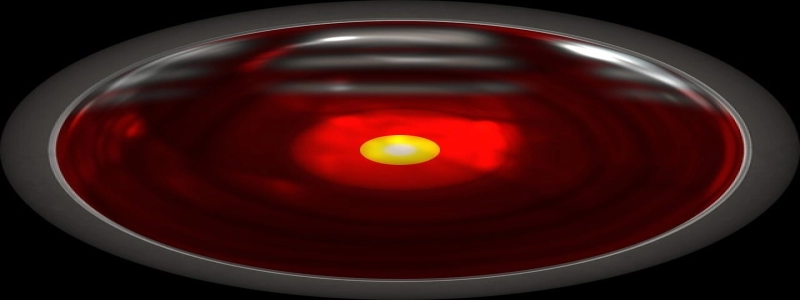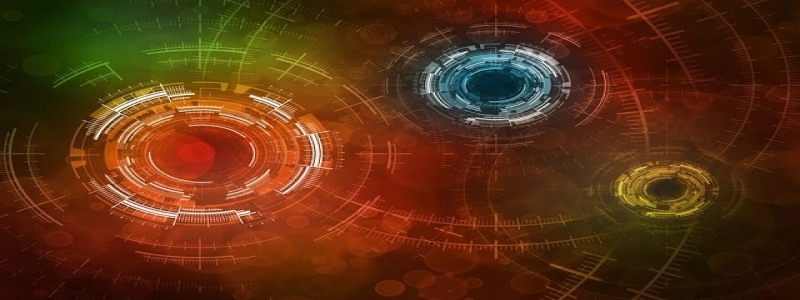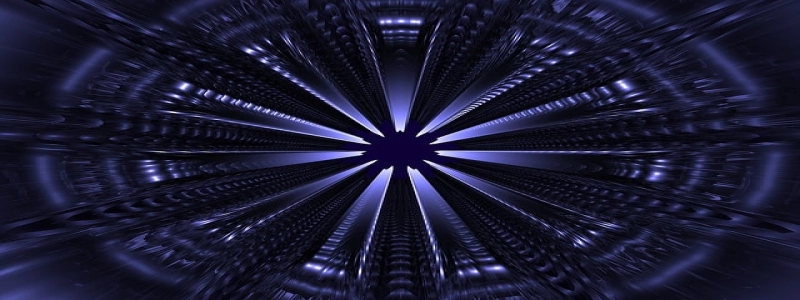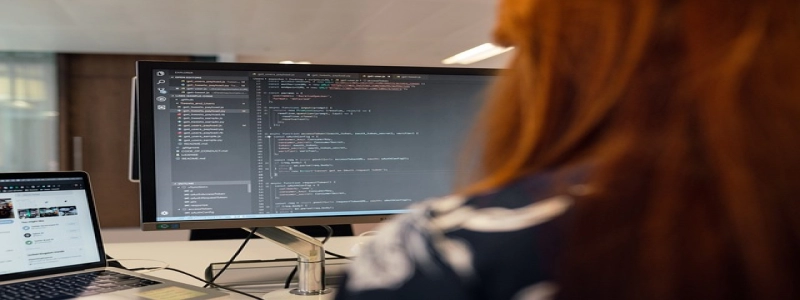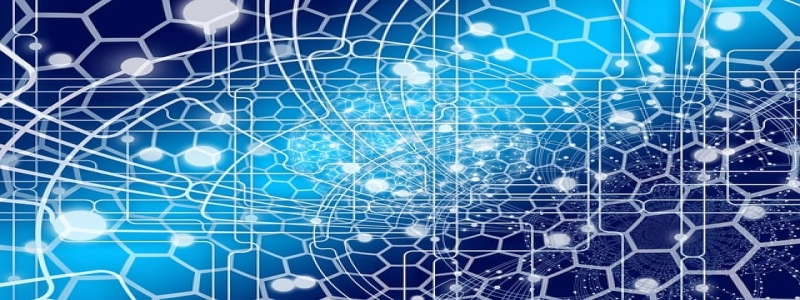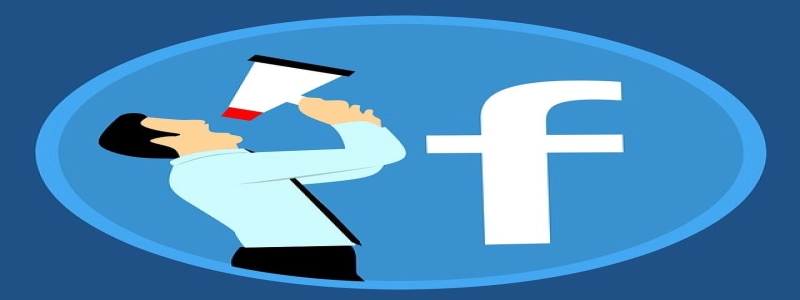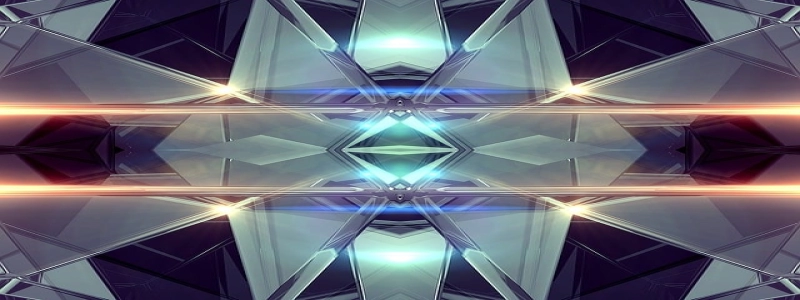Laser Diode Fiber Coupling
Introduction:
Laser diode fiber coupling is a crucial technique used in the field of optics and photonics. It involves the efficient transfer of laser light from a laser diode into an optical fiber. This process is essential for various applications, including telecommunications, sensing, medical diagnostics, and laser machining. In this article, we will explore the different aspects of laser diode fiber coupling and discuss the techniques and challenges involved.
I. Basics of Laser Diode Fiber Coupling:
A. Laser Diode Overview:
Before diving into the coupling process, let’s briefly review laser diodes. These are semiconductor devices that emit coherent light when electric current is applied to them. They are compact, efficient, and widely used in various industries. Laser diodes are available in different wavelengths and power levels, making them versatile for various applications.
B. Fiber Optics Overview:
Fiber optics, on the other hand, refers to the transmission of light through a flexible and transparent fiber made of silica or plastic. Optical fibers have low loss and the ability to transmit light over long distances without significant degradation. They are widely used for data transmission, as well as delivering laser light in various applications.
II. Coupling Techniques:
A. Direct Coupling:
Direct coupling involves positioning the laser diode and the fiber in close proximity to each other. The light emitted from the laser diode is coupled directly into the fiber using various methods, such as butt-coupling or lens-coupling. This technique is relatively simple, but it requires careful alignment and may lead to losses due to mode mismatch and misalignment.
B. Fiber Pigtail Coupling:
Another commonly used technique is fiber pigtail coupling. In this method, a fiber pigtail, which is a short section of optical fiber, is attached to the laser diode. This allows for more flexibility in aligning the laser diode and the fiber. The pigtail can be fusion-spiced to the laser diode or attached using mechanical connectors. This technique minimizes losses and provides better control over the coupling process.
III. Challenges and Solutions:
A. Alignment:
One of the main challenges in laser diode fiber coupling is the alignment of the laser diode and the fiber. Misalignment can lead to significant losses and reduced coupling efficiency. To overcome this challenge, precision alignment techniques, such as using alignment stages or active alignment systems, are employed.
B. Mode Matching:
Laser diodes and optical fibers have different modes of operation. Achieving mode matching between them is crucial to maximize coupling efficiency. This can be done by shaping the laser diode beam using lenses or optical elements, or by using mode converters to match the mode profiles.
C. Power Handling and Fiber Damage:
High-power laser diodes require special attention to avoid damaging the optical fibers. Thermal management techniques, such as using heat sinks or active cooling, are utilized to prevent fiber damage due to excessive heat. Additionally, techniques like using polarization maintaining fibers or optical isolators are employed to protect the laser diode from back-reflected light.
Conclusion:
Laser diode fiber coupling is an important technique in the field of optics and photonics. It enables efficient and reliable transfer of laser light into optical fibers for various applications. By understanding the basics of laser diodes and fiber optics, and by employing the appropriate coupling techniques and solutions, one can achieve optimum coupling efficiency and maximize the performance of laser systems.
